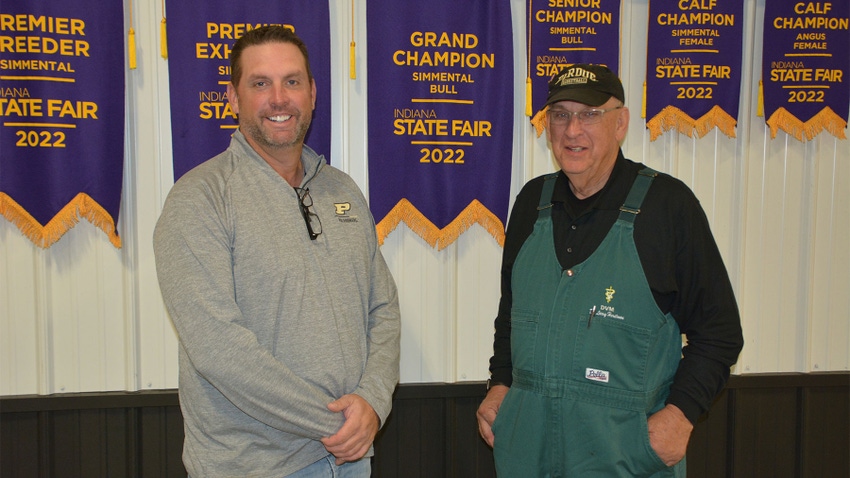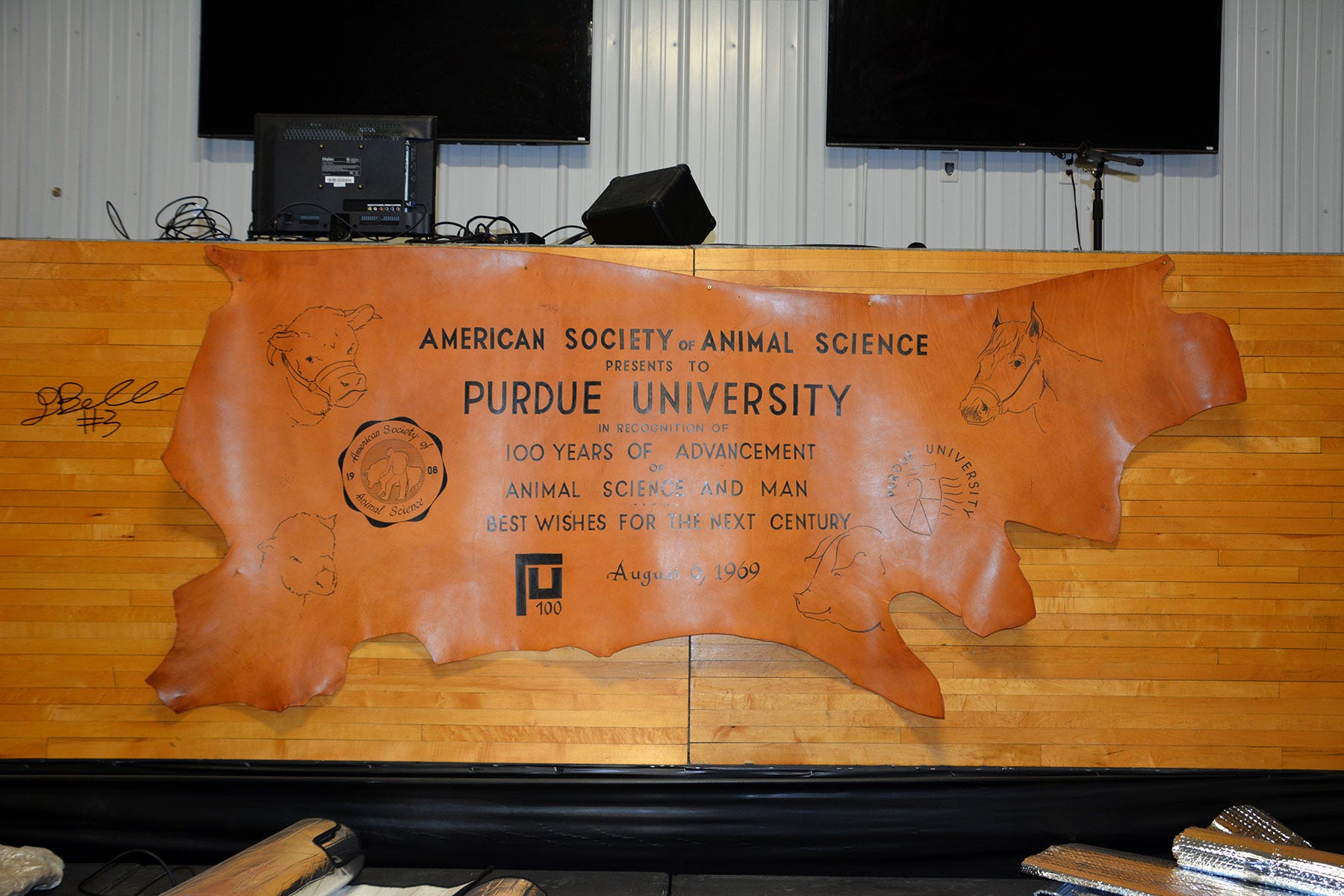
Two distinct kinds of cattle operations exist today. Either you have a purebred herd and show and sell breeding stock, or you have a commercial calf-cow operation or feedlot.
“This trend has developed over the last several years, and it will likely become more distinct in the future,” says Dr. Larry Horstman, a veterinarian from West Lafayette, Ind. Horstman and his son, Joe, operate a 130-cow Angus and Simmental beef herd, concentrating on producing and selling breeding stock.
Whichever side of the beef business you choose, one principle applies equally. “You must be efficient and feed correctly,” Horstman says. “We pay attention to how we feed and how well cattle perform. We want to be as efficient as possible.”
Feeding tips
Here are some ideas the Horstmans implement to maintain proper nutrition levels economically:
Rotational grazing. “We give cattle a limited area to graze and rotate them often,” Horstman explains. “We are not as intense at moving cattle as some producers, but our system works for us.”
At their main farm, the pasture is divided into pie-shaped paddocks. Their design makes it easy to supply adequate water and rotate cattle on a regular basis, providing fresh forage and yet giving forage time to recover.
Limit-feeding. “Our cattle perform better when we limit how much feed they eat per day versus letting them eat all they want,” Horstman says. “If you allow it, they will eat far more than they need. It’s less efficient, and in the long run, limited-feeding promotes better health.”
Tub grinder. Rather than giving cattle unlimited access to big round bales, Horstman prefers grinding feedstuffs and then feeding what he believes the cattle should have.
“The tub grinder is probably the most important piece of equipment we have,” he says. “It also allows us to determine what they eat. If we have very good alfalfa, we may mix in a bale of straw or lesser-quality hay to stretch supplies, but still lets us feed them adequately.”

SALE TIME: This unique auction block at Larry and Joe Horstman’s farm features part of the original Purdue Mackey Arena floor and a special cowhide exhibited in the Lilly Hall of Life Sciences on the Purdue campus for years.
Sale season
The first Saturday in October means sale time at Horstman Cattle Co. The operation held its 13th annual Factory Direct Elite Female Sale on Oct. 7.
“It’s become an important part of how we market cattle as a seedstock herd,” Horstman says.
The sale is much more than a one-day event, he notes. Because cattle don’t go through the ring, they’re photographed and videotaped in advance. Live cattle are available for viewing in small lots constructed just for that purpose. Cattle can be viewed live both Friday and Saturday.
While there is an auction block and auctioneer, cattle remain in their pens during the sale, viewed on video instead. The sale is also broadcast, with bids both live and online.
“Not bringing cattle through the ring is much easier on people and cattle,” Horstman says.
While a production sale is an effective marketing tool, it has a price tag. Horstman estimates they invest about $500 per head sold just in the sale and merchandising. To learn more, visit horstmancattle.com.
About the Author(s)
You May Also Like




